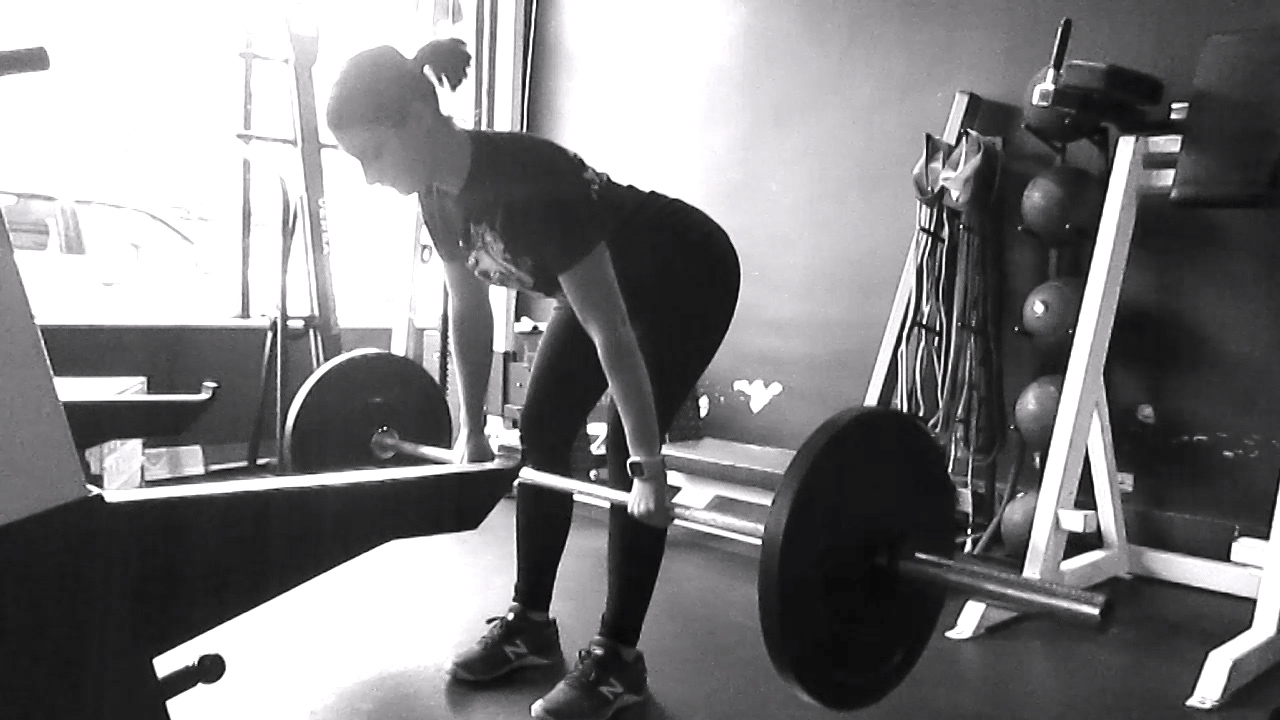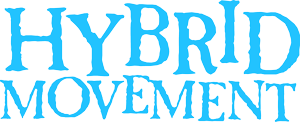Romanian Deadlift Guide: Definition, Benefits, and How-To

Overview
Deadlifts are vital components of every strength training routine, as they provide an array of benefits for your body.
These exercises build core strength to help you become more efficient at motor patterns, trunk stabilization, and coordination. For this reason, deadlifts are extremely popular among athletes and regular people.
In this article, we will discuss a deadlift variation –Romanian deadlift– and see the primary benefits it provides.
The Romanian deadlift
The Romanian deadlift is a variation exercise used to boost the strength of the posterior chain muscles (e.g., gluteus maximus, hamstrings).
This exercise targets the core muscles, as well as the lower body with one movement, making it the perfect variation for people with weak core muscles, chronic back pain, and other issues in the lower half of the body.
The main difference between the Romanian and traditional deadlift is the placement of the workload. You see, traditional deadlifts place the majority of the load on the anterior portion of the knees, whereas the Romanian deadlift engages the hip extensor muscles and the posterior knee.
Note that some professional trainers believe that this exercise is more suited for those with experience in the field of strength training and deadlifts due to the complexity of the movement and the level of balance and coordination required.
The benefits of the Romanian deadlift
The Romanian deadlift is a great workout to target the posterior chain muscles (an area that’s often underdeveloped in most people) and to teach people how to lift from their hips instead of engaging the lower back.
In a 2020 systematic review published in PLOS ONE, researchers found that the Romanian deadlift is extremely effective at engaging a wide range of muscle groups, especially those that don’t get activated during traditional deadlifts.
Another benefit to this exercise is the standing hip hinge, which familiarizes people with the correct form of squatting.
For more information about how to hip hinge, check out this blog post.
This exercise will also enhance body awareness of the lumbar and hip movements, which often get neglected.
Finally, the Romanian deadlift improves the strength of core stabilizers responsible for spinal movements.
Romanian Deadlift RDL
The Romanian Deadlift (RDL) is one of the best exercises for developing hamstring hypertrophy and strength. Although the RDL isolates the hamstrings the lower back and glutes play a significant role in maintaining stability during this exercise; making the Romanian Deadlift a great compound movement for strengthening the entire posterior chain.
The RDL is typically used to improve exercises like the Deadlift and the Good Morning through eccentric loading and the stretch reflex of the hamstrings. The RDL is not a deadlift however it strengthens the lower back by maintaining a locked lumbar spine under tension throughout the lift. This technique cue is critical when performing the RDL.
How to perform the Romanian deadlift
Now that you know all about the Romanian deadlift, let’s see how you can perform it:
To execute this movement start by grasping the bar shoulder-width apart and feet are in a narrow stance. It’s easiest to start with the barbell racked so that the barbell is at your hips when you un-rack. Pull your shoulders back and have your chest pushed out.
The initial movement will begin when you start to push your hips back (hip hinge) and allow the barbell to glide down your thighs. Your knees will have a slight bend but should move very little during the exercise. Continue to slide the bar down your legs slightly passed your knees.
Be sure your back does not round when lowering the barbell. Once the barbell is mid-shin, start to drive back upwards, keep the bar close to your body. Return to start position and squeeze your glutes at the top.
- Grab the barbell from each end and place it at the hip level.
- Draw your shoulders back while you maintain spinal alignment.
- Slowly lower the barbell toward the floor and push your hips backward.
- Reverse the last movement as you get up into a standing position with the barbell in front of your thighs.
Takeaway message
The RDL is a great exercise to optimize your hip hinging and reduce the strain on your back.
